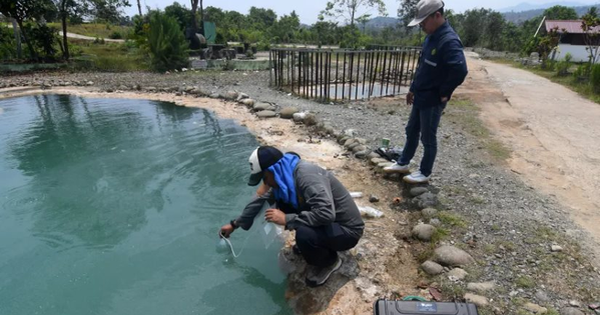Discovering the Hidden Treasure: White Hydro – The Future of Clean Energy?
Hydrogen gas, also known as white hydro, has long been considered a potential key player in the energy transition process. However, its production has often relied on fossil fuels such as coal and natural gas, resulting in significant greenhouse gas emissions. As a result, green hydrogen, produced through the use of renewable energy to split water, has been seen as a more environmentally friendly alternative. But now, white hydro has taken center stage.
The White Hydro Phenomenon
Countries such as the United States, Canada, Australia, France, Spain, Colombia, and South Korea are currently conducting exploration efforts to tap into white hydro reserves. A study by Rystad Energy revealed that as of last year, 40 companies were actively seeking white hydro deposits, a significant increase from only 10 companies in 2020. The consultancy firm attributes this surge to the belief that white hydro, an untapped resource, could be a game-changer for the global clean energy industry.
A Lucky Discovery
The first discovery of white hydro occurred in 1987 in a small village located 60 kilometers from the capital city of Bamako in Mali. Instead of finding water during drilling, Canada’s Hydroma company stumbled upon a large amount of odorless and highly flammable gas. However, the well was quickly sealed and forgotten over time. Nearly two decades later, subsequent explorations in the same area revealed near-pure white hydro gas. Today, this resource is being used to provide electricity to the village of Bourakébougou in Mali.
In another surprising find, researchers discovered the largest white hydro deposit in the world last year in the Lorraine region of eastern France. This unexpected discovery has further heightened interest in its clean energy potential.
Abundant Potential, but Some Challenges Remain
Geoffrey Ellis, a geohydrologist at the U.S. Geological Survey, believes that large amounts of white hydro could be present in underground reservoirs worldwide. Based on current knowledge, Ellis estimates that there could be around 5 trillion tons of white hydro within the Earth, although much of it may be too deep or too distant to be economically viable for extraction.
Nevertheless, Ellis highlights that recovering just a few percent of white hydro would be sufficient to meet all expected energy needs for the next 200 years. To accelerate research and development efforts in this early stage, increased investment is necessary. The U.S. Department of Energy recently announced a $20 million grant to support 16 projects nationwide aimed at advancing white hydro production beneath the surface.
However, despite the growing excitement around white hydro, Minh Khoi Le from Rystad Energy acknowledges that there are still uncertainties. Le states, “There are still many question marks surrounding the entire white hydro story, and not everyone is convinced. Some have expressed doubts about its potential as a clean energy source.”
While white hydro may hold significant promise as a clean energy solution, further exploration and research are required to fully understand its implications and viability.
Reference: CNBC

